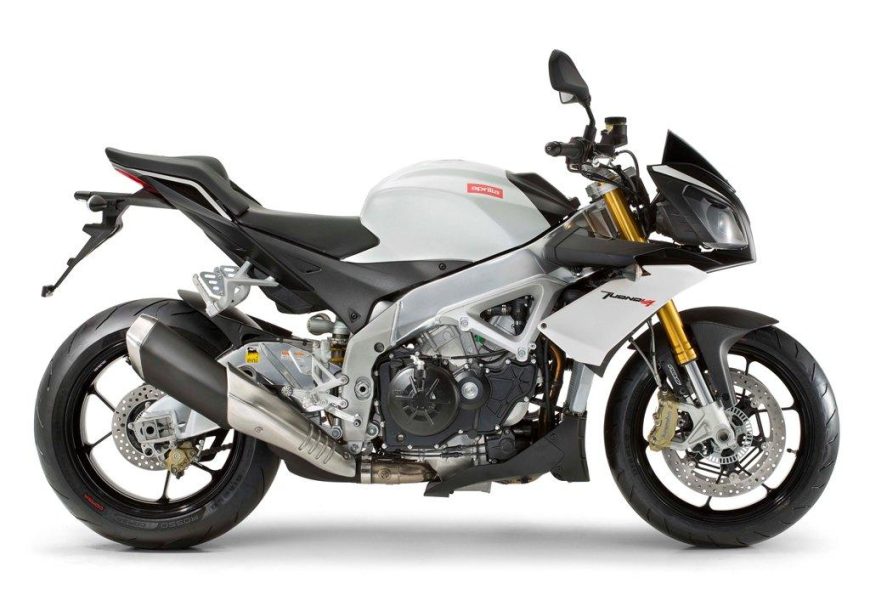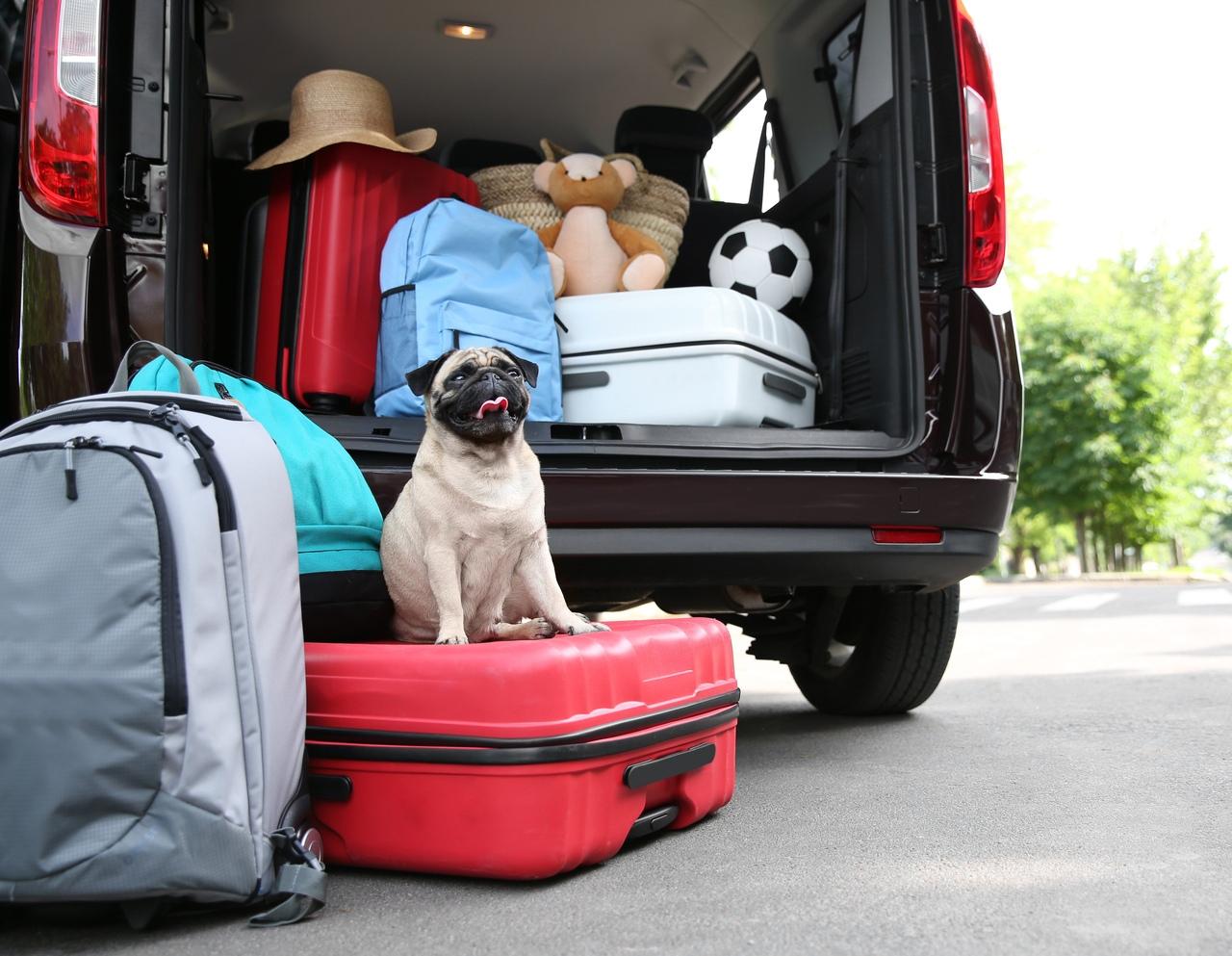
Check your car before going on vacation
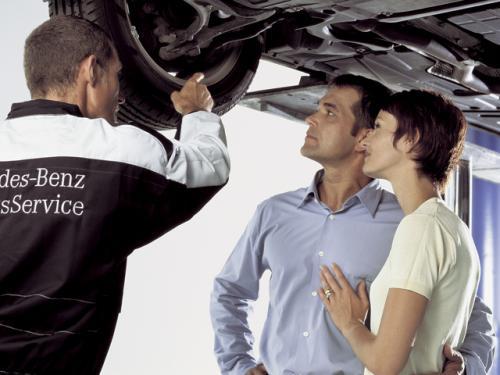 A minor car malfunction while traveling can spoil the festive mood and reduce the owner's wallet. Meanwhile, just 60 minutes is enough to inspect the car before a longer journey.
A minor car malfunction while traveling can spoil the festive mood and reduce the owner's wallet. Meanwhile, just 60 minutes is enough to inspect the car before a longer journey.
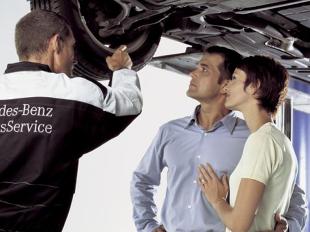 What's more, some authorized service providers offer holiday inspections for the price of a car wash! It is worth knowing what is included in the review and which elements we can check ourselves.
What's more, some authorized service providers offer holiday inspections for the price of a car wash! It is worth knowing what is included in the review and which elements we can check ourselves.
When is the best time to visit? No later than two weeks before departure. On the eve of the holiday, we will have many other things to do, and 14 days will definitely be enough to eliminate possible malfunctions found during the inspection.
What elements should be checked during the periodic inspection of the car?
1. Check your brakes
An efficient braking system means more safety on the road. The condition of the brake pads, which allows you to make a weekend trip to a neighboring site, can lead to disqualification of the car in the event of a run of several thousand kilometers. It seems to be a long distance, but it is enough, for example, to calculate the distance from central Poland to the sea - then we drive almost 1000 km in both directions. And this is probably not the only trip to rest.
The inspection includes checking the condition of the pads, discs, brake pads, etc. cylinders (including for their mechanical contamination) and the level of brake fluid. It is worth knowing that a dirty brake system also means increased fuel consumption. Modern cars are equipped with monitoring systems that report malfunctions in the brake system.
2. Shock absorber control
Efficient shock absorbers are responsible not only for driving comfort (suspension) or proper wheel-to-road contact, but also for shorter braking distances. In professional workshops, the brake force (after checking the brake system) and the damping efficiency of the shock absorbers are checked on the diagnostic line, and the driver receives computer printouts with the results of the test.
3. Suspension control
Suspension control, which is essential for proper movement, especially in a car with holiday luggage, is especially difficult. Polish roads do not indulge drivers, so the review also included engine covers, rubber elements that protect sensitive suspension points, heat shields and exhaust system mounts. In this case, the driver also receives a computerized test printout.
4. Tire inspection
Tire tread condition and tire pressure directly affect driving safety and fuel consumption. Too low a tread - less than 1,6 mm - is an indication for replacing a tire on a given vehicle axle. If this is not done, on a wet surface a layer of water will separate the tire from the road (“hydroplaning phenomenon”), which can lead to loss of traction, skidding or increased stopping distance.
Lateral damage to the sidewalls of the tire is also dangerous, which can be caused by overcoming curbs and potholes too dynamically. Any lateral damage will disqualify the tire and should be replaced immediately.
It is also important to adjust the pressure in the tires (including the spare wheel) according to the load on the car.
5. Checking the cooling system
Faulty engine cooling is a direct path to serious damage. In addition to checking the coolant, fan, and water pump, checking the air conditioner is also important for traveler comfort and driver focus. The service technician will check the filling of the air conditioning system, its tightness and the condition of the filters, and if necessary, offer disinfection. It is worth knowing that charcoal filters recommended for people suffering from inhalation allergies are available on the market.
6. Check engine battery and belt.
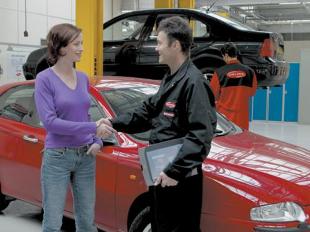 In summer, checking the battery charge may seem irrelevant, but at high temperatures we use the air conditioner more often, listen to the radio with the engine off, and connect more devices to the cigarette lighter, such as navigation, phone charger, refrigerator or electric. mattress pump. In vehicles older than five years, a battery check is mandatory.
In summer, checking the battery charge may seem irrelevant, but at high temperatures we use the air conditioner more often, listen to the radio with the engine off, and connect more devices to the cigarette lighter, such as navigation, phone charger, refrigerator or electric. mattress pump. In vehicles older than five years, a battery check is mandatory.
7. Fluid control
In addition to checking the level of brake and coolant, it is necessary to check the condition of the engine oil. A suspiciously large cavity is an absolute indication for diagnosing its cause. The service technician will provide the driver with the necessary information about which fluids should be used and which should be taken with him for a long trip (type of fluid and its technical symbol, for example, viscosity in the case of oil). It is also worth asking about seasonal promotions, including fluid replacement, which often take place at branded service stations.
8. Light control
All headlights in the car must be in good condition, and even ones must be equally bright. The inspection includes checking the dipped and main beam, position and reversing lights, alarms and turn signals, as well as fog and brake lights. The main elements also include checking the lighting of the license plate and the interior of the car, as well as checking the sound signal. It is worth buying a spare set of light bulbs on the road - the cost of a standard set is about 70 PLN. In some European countries - incl. in the Czech Republic, Croatia and Slovakia a spare kit is required. This does not apply to xenon lamps, which can only be replaced by the service department.
What can the driver check on his own in the car?
We recommend that you visit authorized services. However, if the car has recently passed a periodic inspection or we don’t have time to visit a service station, we can check a dozen items on our own, spending no more than half an hour on this. The bare minimum is "EMP", which means checking fluids, tires and headlights.
When checking the condition of your spare tire, make sure you also have: a jack, a wheelbrace, a reflective vest, a warning triangle and a current expiration date fire extinguisher. When packing luggage, place the triangle and fire extinguisher in an easily accessible place in the trunk, and place the vest in the vehicle. Compared to the rest of Europe, in Poland the compulsory equipment of a car is modest, it is only a warning triangle and a fire extinguisher. However, the rules differ from country to country and Slovakia is one of the strictest. If you want to avoid talking to a foreign police officer, it's worth checking out the current regulations on our itinerary.
The basic equipment of the car also includes a complete first aid kit. The most important items of equipment are: disposable gloves, a mask or special breathing tube, thermal film, bandages, dressings, elastic and pressure bands, and scissors that will allow you to cut through seat belts or clothing.
According to the expert
Marcin Roslonec, head of mechanical service Renault Warszawa Puławska
According to statistics, about 99 of the company's customers last year took advantage of the offer for on-site vehicle inspection. Every year I meet more and more conscious drivers who care about their safety and the safety of passengers. Such users are more willing than a few years ago, for example, to decide to replace the components of the brake system - discs, pads, fluids - without waiting for them to completely wear out. Inspection of the car on vacation becomes one of the mandatory stages of planning a trip. For example: a professional inspection before the holiday can cost as little as PLN 31, as on the RRG Warszawa websites as part of the "Summer" promotion, which will last until August XNUMX. In just an hour, during which you can drink coffee, the driver receives a control card of his vehicle with test printouts of the computer and is ready for a long journey and a free car wash. The pre-holiday inspection covers most of the elements of a periodic inspection, including everything related to the safety of the driver and passengers.
See also:
Take care of the light
Air conditioning is not a luxury
